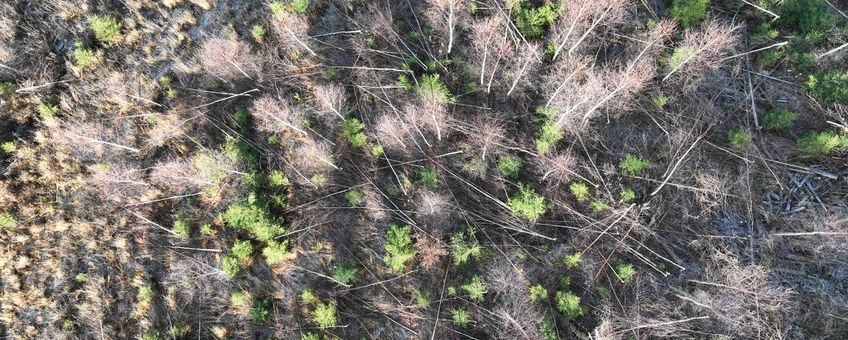
How will the Nature Restoration Law be a success? 'European forest restoration ready for upscaling'
Wageningen Environmental Research, Wageningen University & ResearchHow effective is the law going to be and what actions need to be taken? As the researchers conclude, national implementation will determine the success of nature restoration in Europe.
The Nature Restoration Law (NRL) requires EU member states to implement restoration measures in at least 20 percent of land and marine areas by 2030, and in all ecosystems that are in need of restoration by 2050. The NRL has already cleared several hurdles. Most recently, it was approved by the EU Parliament’s Environment Committee, after delegations of the Parliament and the Council of Europe agreed on the final text. With that, the law is ready for adoption early in 2024.
Prospects for success
But will the regulation actually achieve its aims? In a new study recently published in Science scientific journal, researchers analysed experiences with other European environmental laws and policies. They also evaluated the law's prospects of being successful. “The Nature Restoration Law avoids several pitfalls that often complicate the implementation of European policies and regulations”, says Sara Filipek, a researcher at Wageningen University & Research who works in forest restoration projects. "The regulation saves time as it does not need to be transposed into national law, and an implementation framework and targets are clearly defined."

National implementation and cooperation crucial
Overall, the authors of the study feel positive about the NRL. At the same time, they warn that ambitious national implementation and cooperation will ultimately determine the success of nature restoration in Europe. "Cooperation between nature restoration initiatives and land owners and land users will be critical”, explains Silke Jacobs of Wageningen University & Research. “These managers and practitioners are crucial for long term maintenance of the forest. Only then forest will perform better for biodiversity, CO2 sequestration and wood provision in the long term. Restoration takes time.”
Scaling up existing restoration projects
One example of the European restoration initiatives is the large-scale forest restoration project SUPERB, in which several European countries are implementing restoration measures in forest ecosystems. Given the variety of stressors that have weakened the state of European forests over past decades – ranging from wildfires, storms, bark beetle calamities to fragmentation and intensive plantations – the selection of tailored restoration actions is crucial to succeed.
In the project, Wageningen University & Research coordinates 12 demonstration areas across Europe. One of the areas is located in the Netherlands, where restoration efforts are led by the Bosgroep Zuid cooperative. The actions address both revitalization of existing forests and development of new forests by diversification of tree species composition, soil vitalization, hydrology restoration, tree planting and promotion of natural regeneration. However, an essential part of the project is also upscaling of the restoration actions. Engagement and willingness of national and regional institutions, as well as the private funding sector, will allow to support and contribute to nature restoration, and thus achieve the goals of the Nature Restoration Law. "Once the NRL comes into force, national restoration plans need to be developed. The experiences we are now gaining with forest restoration are very important in that respect", Sara Filipek concludes.
| The Nature Restoration Law (NRL) is part of the European Green Deal. It is, among others, designed to comply with the Kunming-Montreal Global Biodiversity Framework, which states that at least 30 percent of degraded ecosystems should be restored worldwide. |
Meer informatie
- Read the article in Science: Securing success for the Nature Restoration Laws.
- Find out more about forest restoration project SUPERB.
Text: Wageningen Environmental Research
Photos: Mihai Zotta
